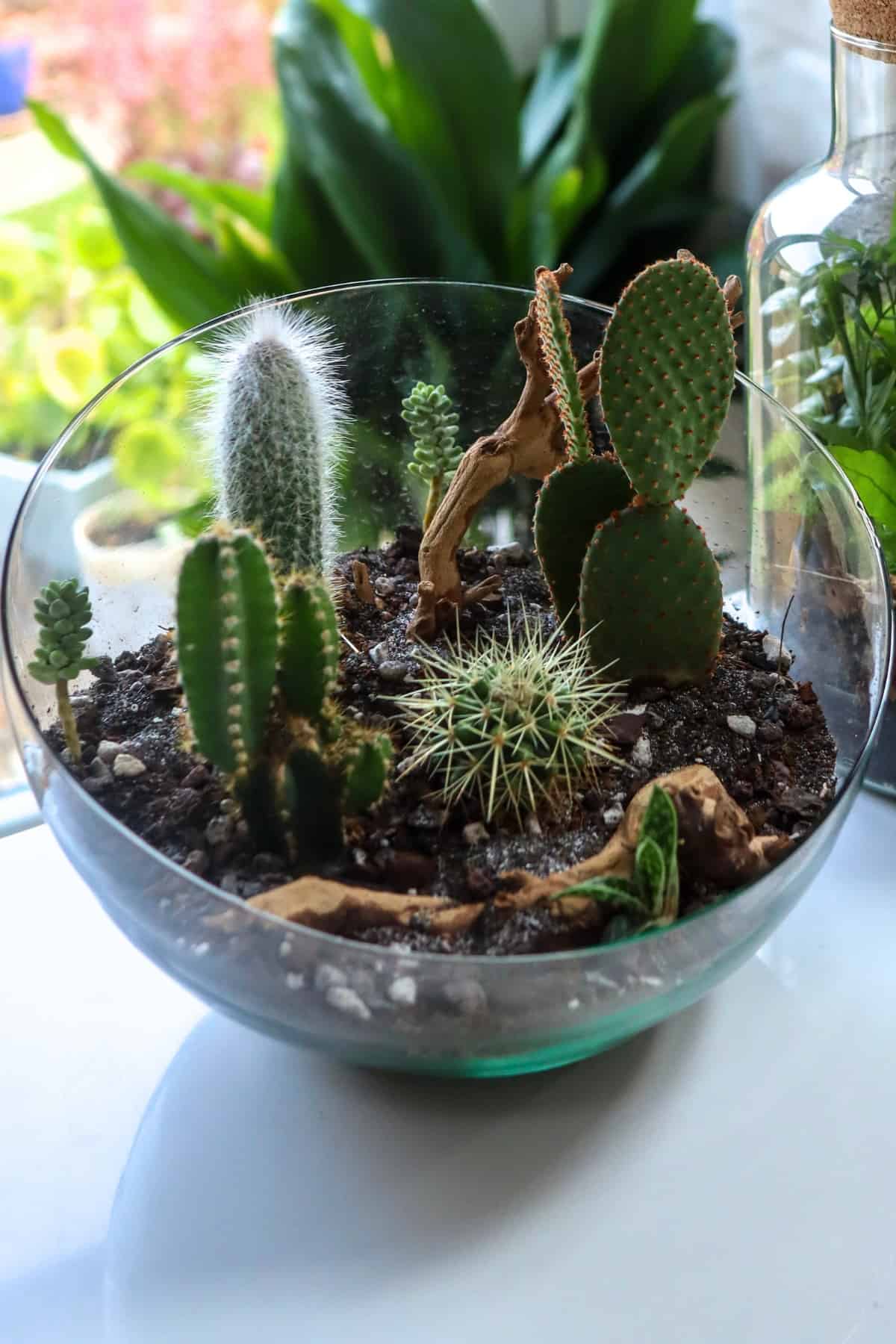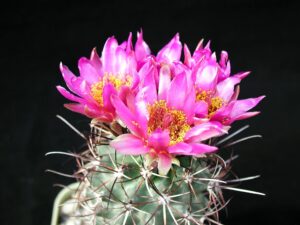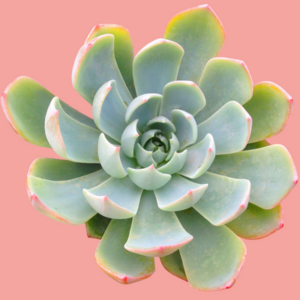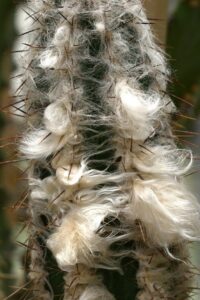Cacti have long been revered for their resilience and intriguing aesthetics. Incorporating these hardy succulents into a terrarium not only adds a slice of the arid desert to your indoors but also stimulates an appreciation for nature’s creativity. Have you ever wondered how to encapsulate the magic of a desert ecosystem within the four walls of your home? Perhaps you’re ready to take on the challenge of crafting a lively, self-sustaining terrarium, yet unsure where to start. Fear not; this guide will illuminate every step to ensure your cactus terrarium thrives beautifully.
Creating a desert-themed terrarium is akin to painting a vivid landscape. From the selection of plants to the design of the environment, each decision contributes to the vibrancy of your miniature eco-system.
Choosing the Right Cacti for Your Terrarium
The heart of any successful terrarium is its botanical inhabitants. Cacti come in a plethora of varieties, each boasting unique shapes and sizes. Consider starting with these popular choices:
• Barrel Cactus (Ferocactus spp.) – Characterized by its round shape and spines that often resemble ribs, the barrel cactus can provide both height and texture. Its substantial body stores water, making it an excellent choice for terrariums.
• Moon Cactus (Gymnocalycium mihanovichii) – Renowned for its vibrant colors, this grafted cactus is eye-catching and low-maintenance. The light demands of the moon cactus are moderate, making it suitable for a variety of indoor conditions.
• Textile Cactus (Echinocactus spp.) – With its striking pattern and elongated growth, the textile cactus introduces an architectural element to your creation and complements the overall design.
• Stone Plants (Lithops) – These intriguing succulents mimic pebbles, adding an artistic flair while serving as a conversation piece. Their growth habit allows them to thrive in small spaces, ideal for terrarium settings.
When selecting cacti, consider their size, growth habit, and light requirements. A harmonious variety ensures each plant’s flourishing beauty while minimizing competition for resources.
Designing the Terrarium Layout
The arrangement within your terrarium is akin to orchestrating a symphony where every element plays a significant role. Start with a sturdy glass container; the transparency allows light to filter through and showcases the enchanting arrangement you’ll create.
• Layering is Key – Begin with a well-draining substrate, such as a layer of gravel or small stones at the bottom of the terrarium. This base facilitates drainage and prevents root rot. Next, add a thin layer of activated charcoal to filter the air and reduce odors. Finally, top with a succulent potting mix, which provides essential nutrients for your cacti.
• Placement of Cacti – Arrange your cacti thoughtfully. Taller specimens should be situated at the back, while shorter ones grace the front. This layering adds depth and dimension, creating a visually appealing landscape.
• Incorporating Decorative Elements – Utilize ornamental stones, sand, or driftwood to enhance the desert atmosphere. This step not only provides an additional element of interest but also allows for the expression of creativity. Consider incorporating small figurines or desert-themed decorations that resonate with your vision.
Once you’ve crafted your layout, take a moment to step back and assess the composition. Is it pleasing to the eye? Does it capture the essence of a desert environment?
Providing the Ideal Environment
• Watering Wisely – Given their adaptation to arid environments, overwatering is a common pitfall. Allow the soil to dry out completely between watering sessions; generally, a bi-weekly schedule suffices during the growing season. Consider using a spray bottle for delicate hydration, directing moisture only at the soil rather than the plants.
• Humidity Control – Cacti prefer low humidity environments. A sealed terrarium can trap moisture, potentially leading to fungal issues. Ensure proper ventilation by occasionally opening the lid or placing the terrarium in a well-ventilated area to promote airflow.
• Regular Maintenance – Dust and debris can accumulate over time, hindering the aesthetic appeal of your terrarium. Gently wipe the glass surfaces to maintain clarity. Additionally, monitor the health of your cacti; remove any dead or diseased specimens promptly to prevent the spread of issues.
Caring for your cactus terrarium can be a rewarding experience, allowing you to witness the enthralling growth and transformations of the plants. The persistence required serves as an echo of the resilient beauty found in nature.
Conclusion: A Desert Oasis Within Your Home
By embarking on the journey to create a cactus terrarium, you’re not just assembling plants and materials; you’re capturing a slice of wilderness to enjoy daily. Each element plays a pivotal role in crafting an enchanting environment, but careful consideration and mindful maintenance are essential to flourishing growth. Have you taken on the challenge of creating your own miniature desert oasis? The joy of nurturing a unique ecosystem awaits you—a compelling reminder of the beauty that exists even in the harshest conditions.





Leave a Comment